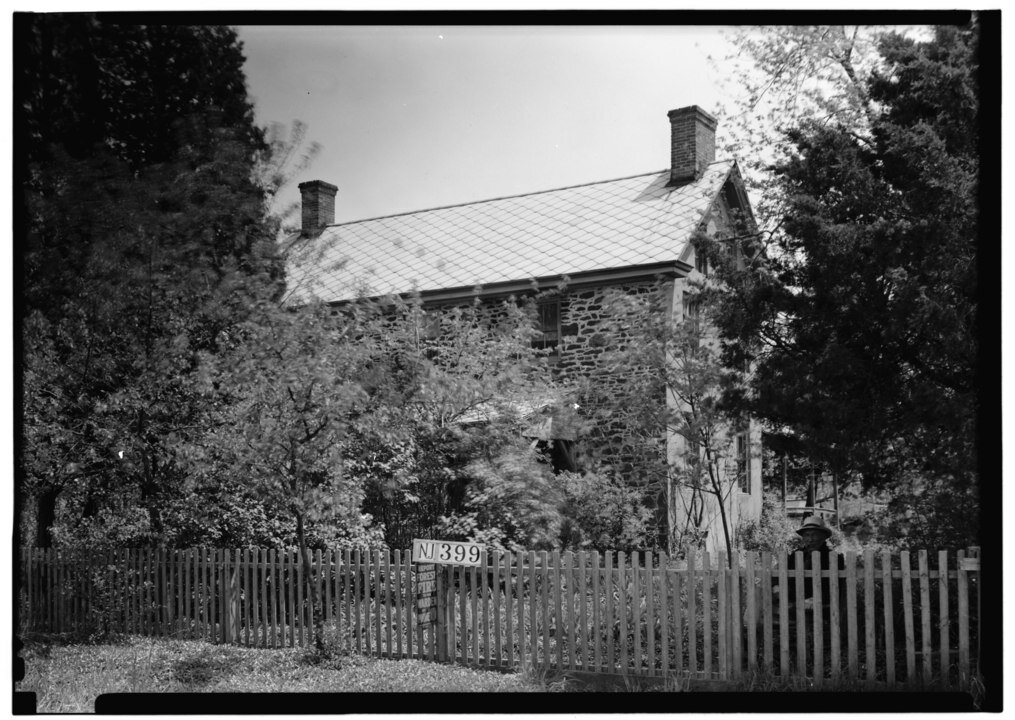The Jersey Devil is a creature of legend and innumerable descriptions amongst Southern New Jersey and Philadelphia folklore. A flying, hoofed biped that has been described part kangaroo or part horse, with the wings of some huge malformed bat and the forked tail of Beelzebub himself. Like an equestrian chimera inhabiting South Jersey’s Pine Barrens, the Jersey Devil is said to move very fast, some say in great leaps like a hare, and known to emit a scream like grinding machinery. Not only elusive in appearance, the Jersey Devil also has a rich history of occultism, witchcraft and – oddly enough – politics to explore.
By the early 1900s, South Jersey was abuzz with reports of the Devil. Every man and his dog claimed to have seen or even caught the mysterious mishmash of animals. Commonly described as a combination of kangaroo, bat, and pony, several museums professed to have caught it, each offering their own false promises and disappointing hoaxes. Some said the thing was white, others said brown; some said it leapt, others said it flew. By this point the Jersey Devil was becoming one of the more widespread yet confusing urban legends in Pennsylvania.

Originally it was known as the Leeds Devil, a name traced back to a young quaker from the late 1600s, named Daniel Leeds, who emigrated to the US. Overestimating his political prowess, Leeds became involved in government and began writing an almanac. Overestimated still were his expectations on how his peers and neighbors would react to what they described as “Pagan” ideas on astrology and magic, or how they would respond to his allegiance to the royal governor of the colony, or the British in general. Local Quakers were quick to brand him as evil for his strange outlook and even wrote pamphlets labelling him “Satan’s Harbinger”.
In 1859 a reporter’s account of stories they had heard in the Barrens was published in the Atlantic. The tales told of Mother Leeds and her practice of witchcraft, devil worshipping, and appearances from the Devil himself. So the tale goes, in 1735 Mother Leeds found herself to be pregnant, the child she bore being her thirteenth. Mother Leeds, dwelling deep in the New Jersey Pine Barrens, said “Let this one be the devil,” and according to the most popular lore that child was born with horns, hooves, wings, and a tail. The devil flew from the dwelling immediately and into the surrounding darkness.
The legend was helped along by a few noteworthy figures, one of which being Joseph Bonapart, older brother of Napoleon, who in 1812 claimed to have spotted the beast while hunting near his Bordentown estate. From this point it seems every animal attack and odd footprint was blamed on the Devil. One key event cementing the Devil’s legend happened in 1909. In the month of January that year around a thousand reported sightings came in from around South Jersey. Navy Commander Stephen Decatur reportedly saw the creature while testing cannonballs at Hanover Mills Works and, despite blowing a hole through the thing with one of those shells, was not able to kill it.
The Jersey Devil legend has had its peaks and valleys in terms of popularity (one peak being when it was the center of an X-Files episode), though alleged sightings have not stopped to this day. All things considered, the sound of the Devil’s screech as it flies through the Pine Barrens is an experience I would like to miss out on.
https://www.nj.com/entertainment/2016/10/13_places_the_jersey_devil_has_been_spotted_in_the.html
https://en.wikipedia.org/wiki/The_Jersey_Devil_(The_X-Files)
https://en.wikipedia.org/wiki/Jersey_Devil
https://www.theguardian.com/us-news/2015/oct/17/jersey-devil-new-jersey-myth-photo-origin-story
Joe first knew he wanted to write in year six after plaguing his teacher’s dreams with a harrowing story of World War prisoners and an insidious ‘book of the dead’. Clearly infatuated with horror, and wearing his influences on his sleeve, he dabbled in some smaller pieces before starting work on his condensed sci-fi epic, System Reset in 2013.Once this was published he began work on many smaller horror stories and poems in bid to harness and connect with his own fears and passions and build on his craft.
Joe is obsessed with atmosphere and aesthetic, big concepts and even bigger senses of scale, feeding on cosmic horror of the deep sea and vastness of space and the emotions these can invoke. His main fixes within the dark arts include horror films, extreme metal music and the bleakest of poetry and science fiction literature.
He holds a deep respect for plot, creative flow and the context of art, and hopes to forge deeper connections between them around filmmakers dabbling in the dark and macabre.

